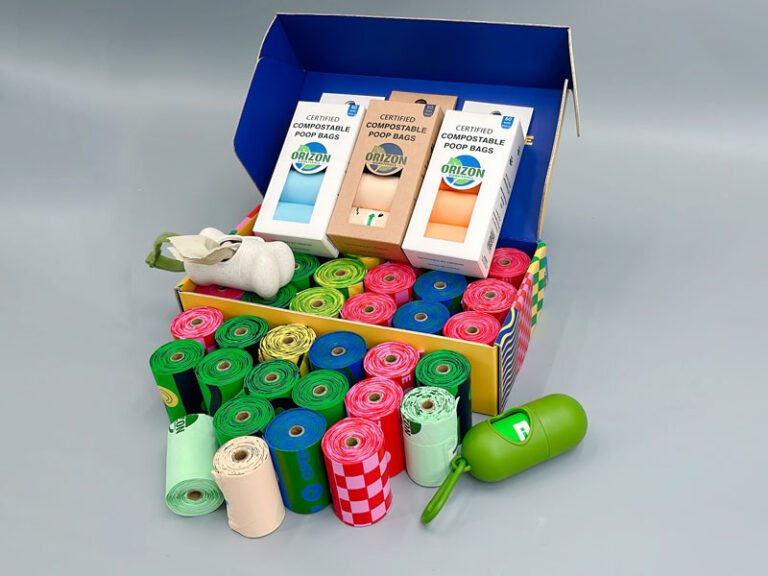The reusable dog poop bag market is rapidly emerging, becoming a promising niche in the pet supplies industry.Growing global pet ownership rates, consumers' increased environmental awareness of sustainable products, and stricter plastic bans are driving continued growth in the reusable dog poop bag market.
Existing market reports often focus on one-sided macroeconomic data and lack practical strategies for entrepreneurs. Because our company has specialized in the production of compostable bags for 16 years and has engaged with e-commerce sellers extensively, we have a deeper understanding of the pain points faced by pet waste bag users. We hope this article will help you better understand the dog poop bag market.
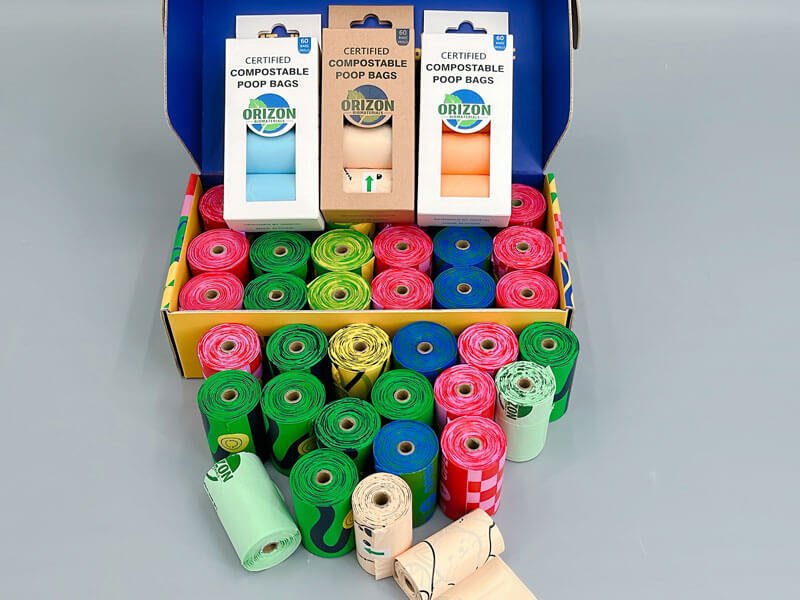
Eco-Friendly Dog Poop Bags Market Overview
Market Size and Growth
According to authoritative reports such as Mordor Intelligence and Allied Market Research, the global eco-friendly dog poop bag market was valued at approximately $250 million in 2024 and is expected to grow at a compound annual growth rate (CAGR) of approximately 8.5% through 2030. North America and Europe are the primary markets, with rapid growth in the Asia-Pacific region, particularly in emerging pet markets such as China and India.
Drivers
Rising Pet Ownership: Globally, the number of pet-owning households continues to increase in cities, perhaps driven by an aging population. Pets provide emotional value, driving the market for pet-related products.
Increasing Environmental Awareness: Consumers are increasingly concerned about plastic pollution and tend to choose compostable or biodegradable products.
Regulatory Drive: Bans on single-use plastics in many countries (such as the EU's plastic bag restrictions) have stimulated demand for environmentally friendly alternatives.
Limiting Factors
Greenwashing: The market is flooded with products claiming to be "biodegradable" but with limited effectiveness, eroding consumer trust.
High Production Costs: Compostable materials (such as PLA) are more expensive than traditional plastics, squeezing profit margins.
Lack of Consumer Awareness: Consumers lack knowledge of compostability, making it difficult to distinguish between truly eco-friendly products and greenwashing.
Market Segments
By Material: Compostable (PLA-based), Biodegradable (with additives), Recycled Plastic.
By Distribution Channel: Retail (supermarkets, pet stores), E-commerce (Amazon, independent websites), B2B (veterinary clinics, pet grooming shops), Subscription.
By Region: North America (US, Canada), Europe (UK, Germany), Asia Pacific (China, Australia), and Other Regions.
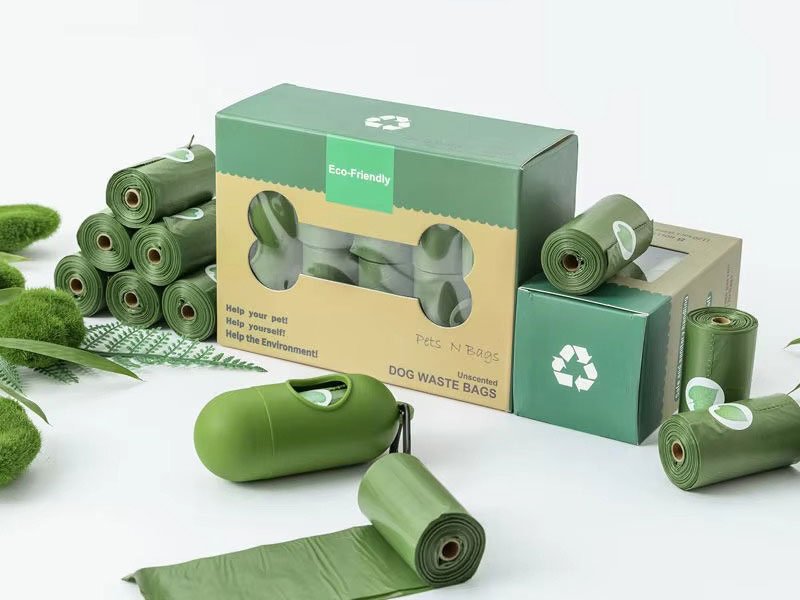
Target user needs
Purchasing Factors
- Environmental Awareness: Some consumers genuinely care about environmental issues and want to reduce plastic pollution.
- Social Pressure: Social media and community initiatives (such as the "Zero Waste Living" movement) are driving consumers to choose eco-friendly products.
- Personal Values: Some consumers view purchasing eco-friendly products as a "feel-good" or moral choice, especially in families with children, where environmental education in schools has a profound impact.
Price Factors
Research shows that consumers are willing to pay a 20%-50% premium for eco-friendly dog poop bags over regular plastic bags, varying by region and income level:
In high-income markets (such as the US and Germany), consumers are more willing to pay a premium for certified products.
In emerging markets (such as India), price sensitivity is higher, necessitating smaller packaging or subscription models to lower the initial purchase barrier.
Pain Points and Benefits
- Difficult to Open: Poorly designed joints at the bag lead to tearing and waste.
- Too Thin and Fragile: The bag is at high risk of rupture, especially when cleaning up the feces of large dogs.
- Odor Leakage: Low-quality bags fail to effectively block odors. Dispenser Issues: Dispenser gets stuck or has difficulty loading a new roll.
Sales Opportunities:
Design with tear lines or perforations to ensure smooth, one-handed operation.
Offer thicker bags (e.g., 20 microns or thicker) for enhanced durability.
Add natural fragrances (such as lavender or lemongrass) to mask odor.
Action Recommendation: Prioritize addressing these pain points in product design and highlight "user-friendly" features in marketing.
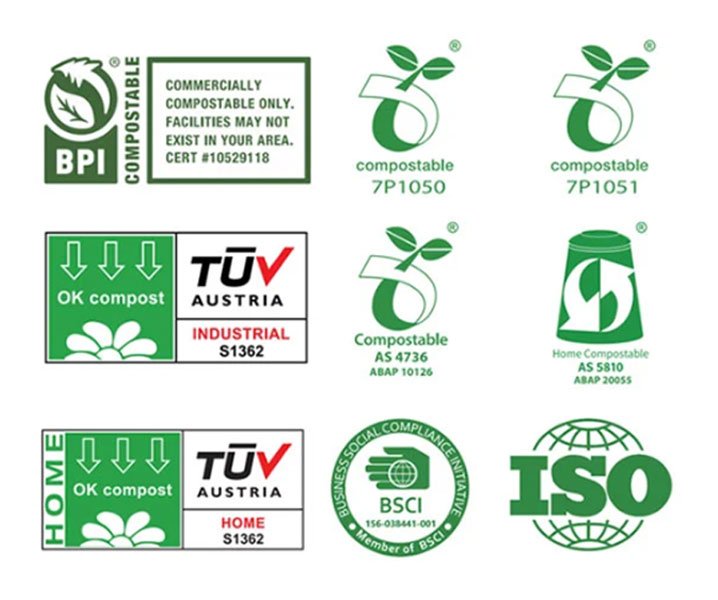
Trust Signs
Consumers rely on the following trust signals when choosing eco-friendly dog poop bags:
- Certifications: Certifications such as BPI and TÜV AUSTRIA OK Compost HOME are preferred trust signs.
- User Reviews: 4.5-star or higher reviews and detailed user feedback on Amazon are more persuasive than advertising.
- Influencer Recommendations: Recommendations from pet or environmental influencers are highly effective on social media platforms like Instagram and TikTok.
How to Address Greenwashing
Greenwashing occurs when brands use misleading claims (such as "biodegradable" or "eco-friendly") to attract consumers, even though the product is not actually environmentally friendly. Plastic bags containing EPI or D2W can form microplastics upon decomposition, posing long-term environmental risks.
Certification Process:
BPI Certification: Requires product sample submission for testing, costs approximately US$5,000-10,000, and takes 3-6 months.
TÜV AUSTRIA OK Compost HOME: Suitable for home composting, costs approximately US$3,000-8,000, and takes 2-4 months.
What Types of Eco-Friendly Dog Poop Bags Exist?
Not all "eco-friendly" bags work the same. Some degrade faster than others.
Three main types exist: biodegradable, compostable, and recycled plastic bags. Each has unique benefits and limitations.
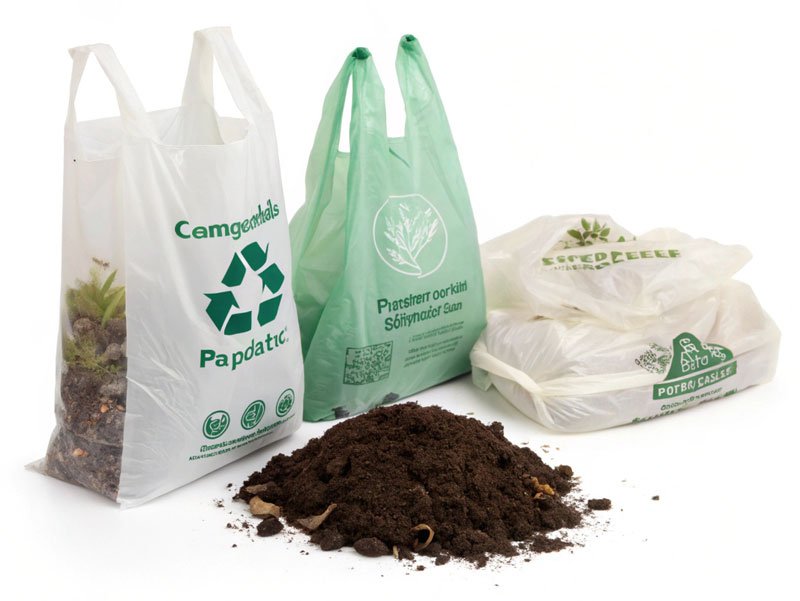
Biodegradable Bags
- Made from cornstarch or plant fibers
- Break down faster than plastic but may leave traces
- Need specific conditions to decompose fully
Compostable Bags
- Meet standards like ASTM D6400
- Break down completely in compost systems
- Some work in home composts, others need industrial facilities
Recycled Plastic Bags
- Use post-consumer recycled plastic
- Reduce new plastic production
- Not fully biodegradable but better than virgin plastic
Choose based on disposal methods in your area.

What Do Consumers Want in Eco-Friendly Dog Poop Bags?
Consumers look for certifications (BPI, OK Compost), durability, and convenience features like handles or scents. Subscriptions and bulk buys are trending.
Key Buying Factors
- Certifications – BPI, TÜV Austria, or OK Compost labels prove eco-claims.
- Functionality – Leak-proof, tear-resistant, easy to carry.
- Size Options – Small for Chihuahuas, large for Huskies.
Education on proper disposal is still needed. Many bags end up in landfills by mistake.
Which Brands Lead the Eco-Friendly Dog Poop Bag Market?
Several brands compete on innovation and credibility.
Top brands include Earth Rated, Doggy Do Good, and BioBag. Each offers unique features like recycled content or plant-based materials.
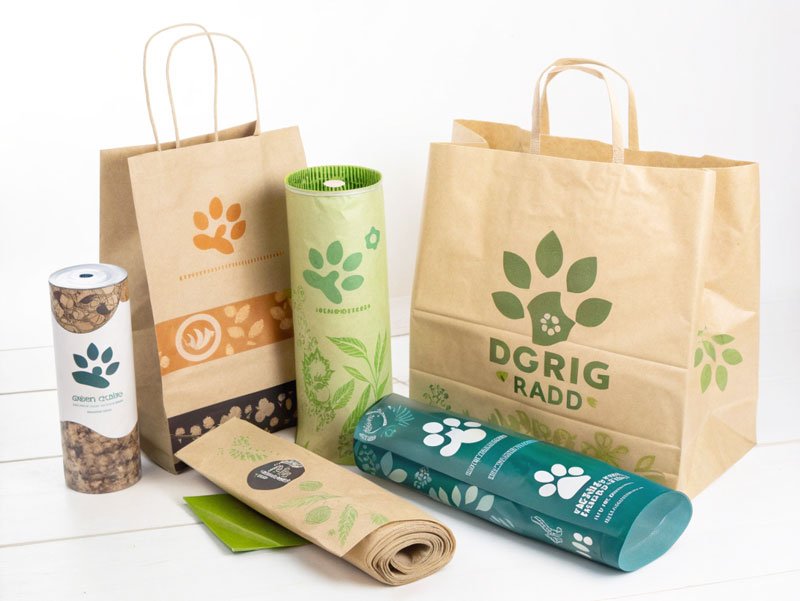
Brand Comparison
| Brand | Key Feature | Certification |
|---|---|---|
| Earth Rated | 65% recycled plastic | BPI Certified |
| Doggy Do Good | 38% plant-based | Home Compostable |
| BioBag | Full compostability | OK Compost INDUSTRIAL |
Small brands gain traction through niche marketing and partnerships.
What Challenges Does the Eco-Friendly Dog Poop Bag Market Face?
Higher costs and misinformation slow adoption.
Main challenges include high prices, greenwashing fears, and limited composting facilities. However, plastic bans and tech advances create opportunities.
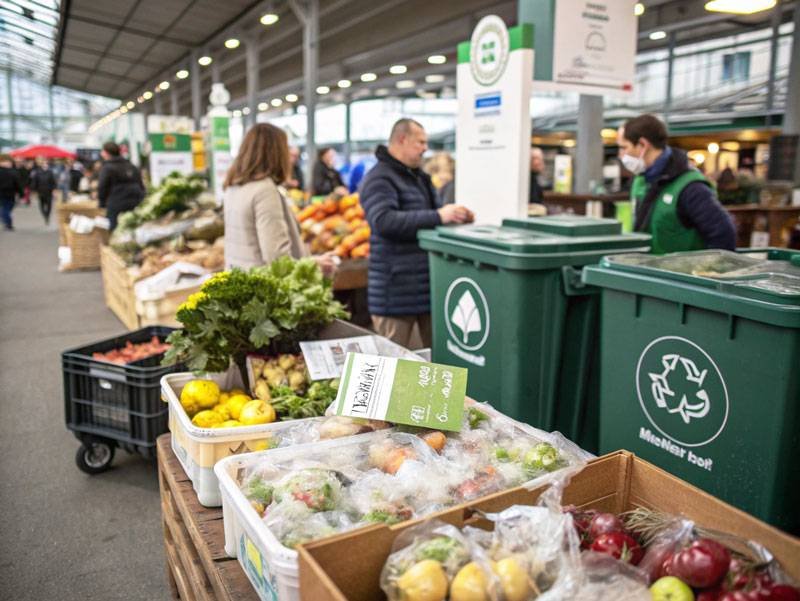
Solutions in Progress
- Cost Reduction – New materials lower production expenses.
- Consumer Education – Clear labels explain proper disposal.
- Policy Support – Governments fund composting programs.
How to Choose the Best Eco-Friendly Dog Poop Bag?
Always check certifications, match bag size to your dog, and confirm local disposal options. Proper use maximizes environmental benefits.
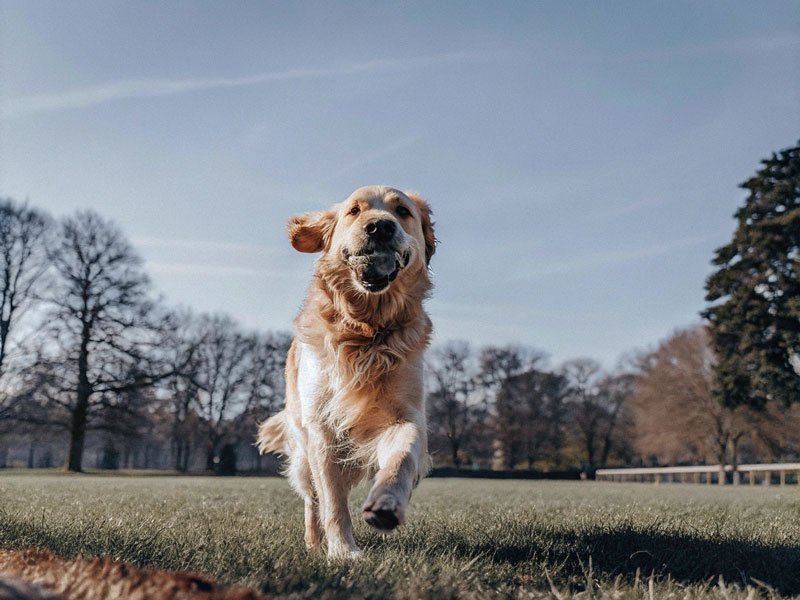
Step-by-Step Selection
- Verify Certifications – BPI or OK Compost labels ensure authenticity.
- Pick the Right Size – Small (6x9 inches) or large (9x13 inches).
- Check Disposal Rules – Some bags can’t go in home compost.
- Test Durability – Avoid thin bags that rip easily.
Where is the Eco-Friendly Dog Poop Bag Market Future Developments?
- New Materials – Seaweed-based or algae-based alternatives.
- Faster Decomposition – Bags that break down in weeks, not years.
- Public Partnerships – Cities install dog waste compost bins.
Conclusion
The reusable dog poop bag market is ripe with opportunity, requiring precise positioning and a differentiated strategy. By deeply understanding consumer needs, addressing greenwashing, exploring niche markets, and optimizing supply chains, entrepreneurs can carve out a niche in this market. By starting small, with validation efforts, and gradually building brand trust, you can become a leader in this sector.






